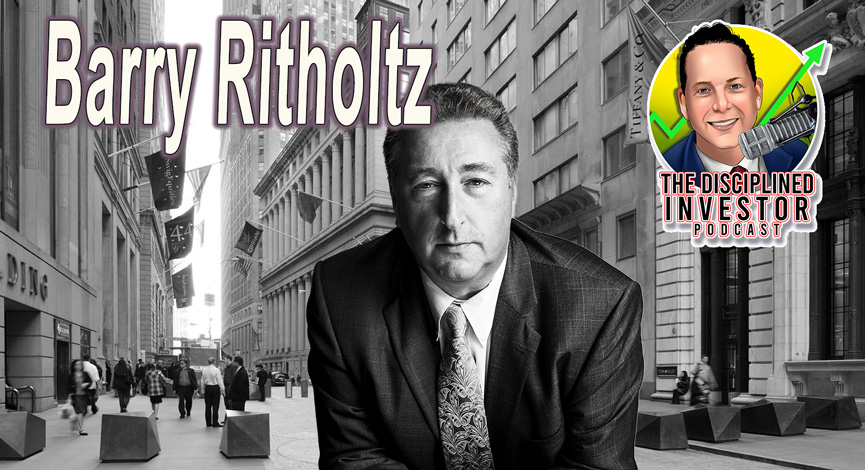It is as good as any headline looking to catch the attention of anyone who is grasping for reasons to stick to a plan that caused major financial (and psychological) pain over the past 12-months. The concept of Buy-and-Hold, the brainchild of Warren Buffett, has been bastardized by the asset gatherers who believe that it really means: buy-and-hold-no-matter-how-much-money-you-lose. (Also see Don’t buy and hold a bad Strategy)
When is it the right time to sell anyway? 10% down? 20%, 30%, 40%, or 50% ? While Warren Buffett has amassed a fortune by sticking to what he knows and believes in, he has also lost an amazing amount of money over the past 12-months. Of course I will not start to second guess his success, but should he be blindly followed by Joe Investor?
This week, MSN Strategy Lab brings the debate front and center as I reflect on the past few month’s market devastation and the process that was used to keep our Strategy Lab portfolio out of danger. Now up over 13%, I ask the question as to how anyone can just sit idle and watch profits and principal disappear.
On the heels of that commentary, Guru investor John Reese came to the defense of his unique computer driven methodology which combines the best ideas of famous investors. In his words:
They are those who have the best track records of outperforming the market over the long term — people like Warren Buffett, Peter Lynch, David Dreman, John Neff, Ben Graham and Martin Zweig. And what a lot of investors either don‘t realize (or simply ignore) is that several such Wall Street greats have either written or been the subject of books that detail their stock-picking methodologies.
Many relied on quantitative, stick-to-the-numbers approaches, and I have used these proven and published techniques to develop my “Guru Strategies.” Each of these computer models mimics the method of a different investing great. During Strategy Lab, I‘ll use these models exclusively to decide when to buy and sell stocks.
I like John and think he is an excellent money manager and a really smart guy. This is in no way directed at him, but his article got me thinking. It is odd that the defense of a buy-and-hold strategy always targets the fears of an investor missing the biggest days in the market and has at its root the idea that it is all-or-nothing? In other words, it appears that the assumption is that if you do not buy-and-hold, you are going to be a market timer who is looking to tactically move in and out on technical signals.
I have questions:
- Why is it that research related to being invested during the worst days are rarely presented?
- Why is it that we have been coaxed into believing that investors and advisors are too stupid to see a train wreck or rally approaching and use sensible risk management and hedging to both gain and protect a life’s savings?
- Why can’t it be as simple as admitting that chasing the S&P 500 is a fool’s game?
- If you want to be the S&P 500, then index through ETFs and call it a day. Who needs anything more if it is that simple and a downswing of 20% or even 60% does not matter?
- It always comes back…right?
It is time to question the established rules as they have caused irreparable harm to the portfolios of many investors beyond any risk tolerance assumptions that were ever considered. Frankly, a portfolio that is down 10% or even 25% in a year’s time is difficult enough to deal with; but 50% in a matter of months is something that needs to be questioned.
Do you still believe that holding on to a portfolio in all market conditions is the right way to play this game?
It is time to stand up to those that profit off of the strategy and found it acceptable to removed the word “risk management” and replaced it with “just trust that everything will work out” in an effort to rationalizing the massive amount of money lost to absolute stubbornness.
I’ll take stop-losses and hedging any day of the week….
Thoughts?
—
While you are here… check out these videos:
















